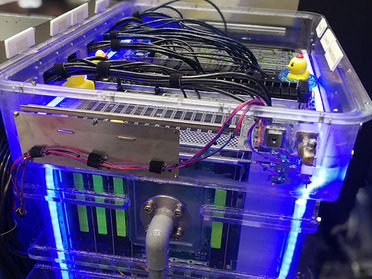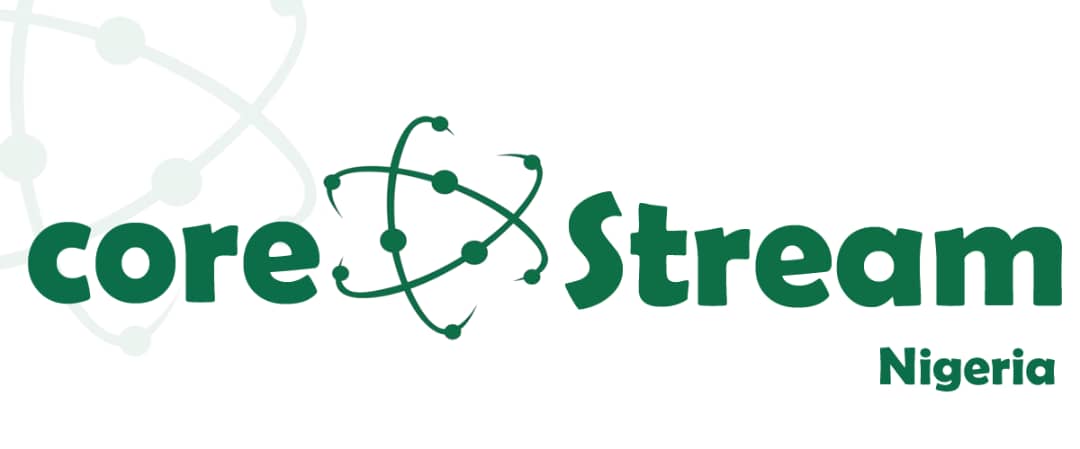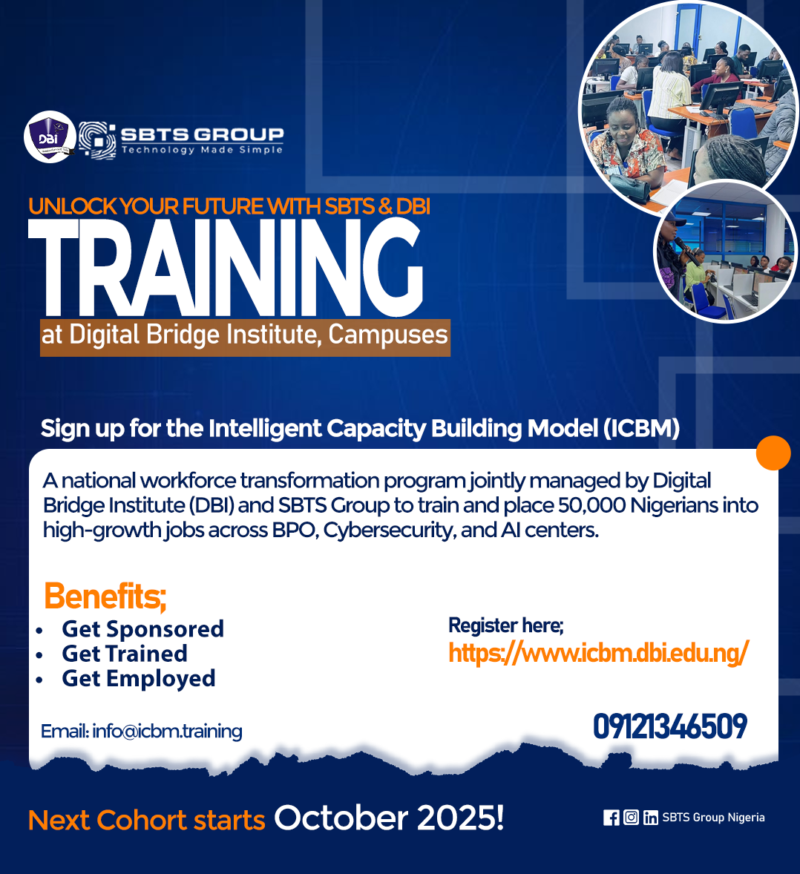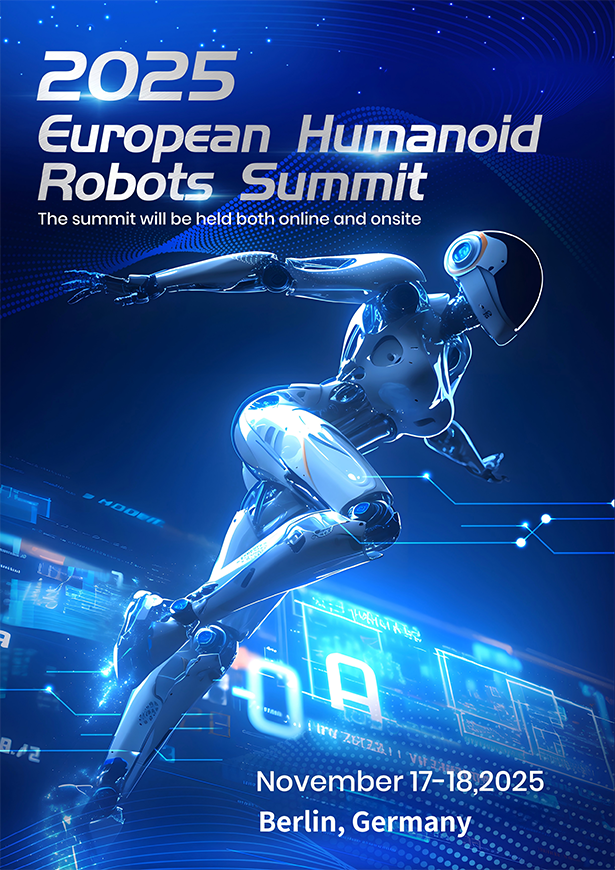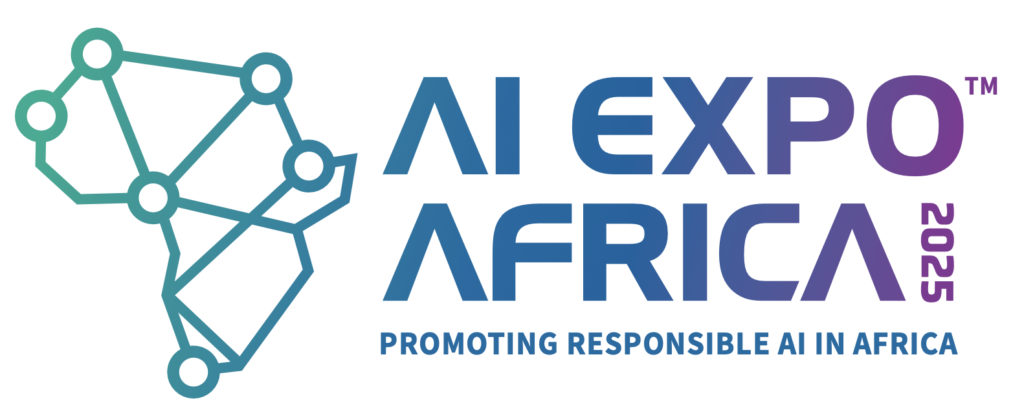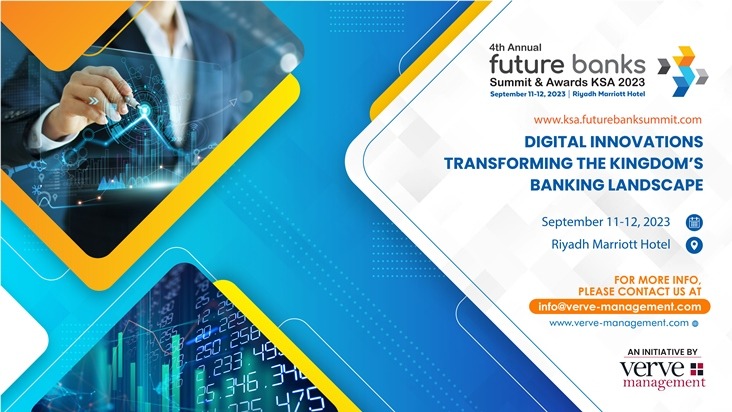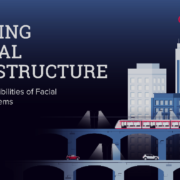As of 2025, single-phase direct-to-chip (D2C) liquid cooling remains the dominant solution for high-end GPU thermal management. However, with thermal design power (TDP) continuing to rise, the industry is approaching the limits of what single-phase cooling can handle. Two-phase D2C cooling is expected to enter large-scale deployment around 2027.
RELATED: Vertiv expands CoolChip CDU liquid cooling colutions for AI and HPC deployments in EMEA
IDTechEx has conducted extensive interviews across the data center value chain, including chip manufacturers, cold plate suppliers, and system integrators. While opinions differ regarding the exact timeline, there is a broad consensus that single-phase D2C begins to struggle at around 1500W TDP, with 2000W seen as its upper limit.
Historical TDP trends for GPUs, analyzed by IDTechEx, indicate that two-phase direct-to-chip cooling will soon become necessary. Based on these trends and insights from leading chip developers such as Nvidia, IDTechEx projects that future GPUs will push well beyond the limits of single-phase cooling. Detailed forecasts and analyses are provided in IDTechEx’s report, “Thermal Management For Data Centers 2026-2036: Technologies, Markets, and Opportunities”.
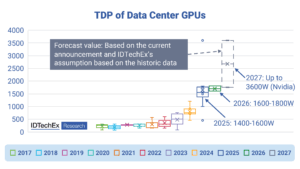
TDP of data center GPUs: historical data and 2025 forecast. Source: Thermal Management For Data Centers 2026-2036: Technologies, Markets, and Opportunities
D2C Cooling Challenges: Single-Phase vs. Two-Phase
The transition to two-phase liquid cooling brings both opportunities and challenges, from the technical and commercial perspectives.
Single-phase direct-to-chip (D2C) cooling is currently the most common approach. It uses a liquid coolant, typically a water-glycol mixture, to absorb heat through convection without a phase change. While effective, it faces several technical challenges:
- Leakage risks, which threaten sensitive IT equipment.
- High flow requirements, creating mechanical stress on components. Cooling a 1000W chip requires roughly 1.5 L/min of coolant flow.
- Erosion and corrosion risks, along with the need for large-diameter quick disconnects, increasing overall system costs.
- Complex plumbing, particularly in dense data center environments, which complicates maintenance.
- High capital expenditure (CAPEX), typically US$200–US$400 per cold plate system (including quick disconnects, manifolds, and hoses), especially when retrofitting older facilities.
Despite its simplicity and maturity, single-phase cooling presents growing limitations as GPU TDPs increase.
In contrast, two-phase D2C cooling leverages the coolant’s phase change to improve heat dissipation efficiency, enabling lower cooling costs per watt and reduced mechanical stress due to lower flow rates; about 0.3 L/min to cool a 1000W chip.
Challenges for two-phase systems
However, two-phase systems also present their own set of challenges:
- Environmental concerns, as fluorinated coolants may form aerosols if leaked, raising safety and global warming potential (GWP) issues.
- Higher initial costs, with greater CAPEX requirements for cold plates and additional expenses for coolant recycling and disposal.
While two-phase cooling offers clear efficiency benefits, its environmental and cost implications make it a complex choice. Nevertheless, with careful system design, many of these challenges can be mitigated. IDTechEx’s “Thermal Management For Data Centers 2026-2036: Technologies, Markets, and Opportunities” quantifies the CAPEX for both single- and two-phase technologies, detailing costs per component.
Conclusion
Single-phase D2C cooling remains simpler and more established but faces growing technical and maintenance challenges as GPU TDPs rise. Two-phase cooling, while more efficient, introduces environmental and cost-related hurdles. Despite these complexities, IDTechEx anticipates strong potential for two-phase cold plates, particularly since they can be more easily retrofitted into existing data centers than immersion cooling solutions.
In “Thermal Management For Data Centers 2026-2036: Technologies, Markets, and Opportunities”, IDTechEx further details the technical and commercial barriers to both single- and two-phase immersion cooling, as well as a comprehensive roadmap and timeline for upcoming cooling technologies based on extensive primary and secondary research.

